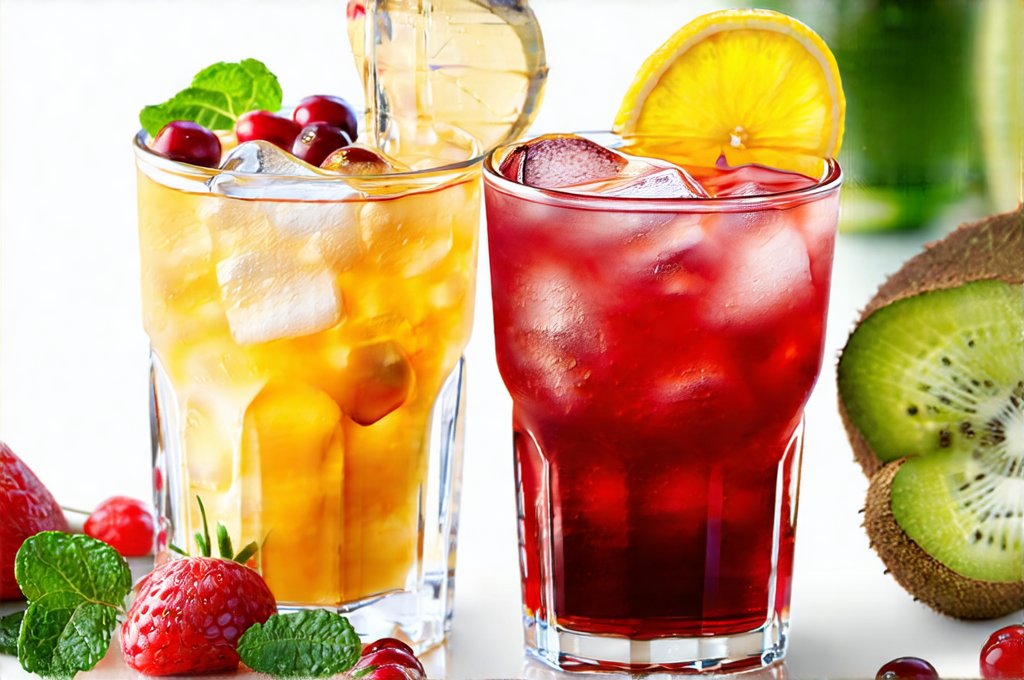Bladder pain can be debilitating, impacting everything from sleep to social life. For those living with conditions like Interstitial Cystitis (IC) or overactive bladder, seemingly harmless beverages can quickly become triggers, exacerbating discomfort and leading to frustrating flare-ups. Understanding which drinks to limit – or avoid altogether – is a critical step in managing symptoms and improving quality of life. It’s not always about eliminating fluids; it’s about making informed choices that support bladder health and minimize irritation. This article will explore the most common culprits, offering insights into why they cause problems and providing alternatives for staying hydrated and enjoying beverages without triggering pain.
The challenge lies in the individualized nature of bladder sensitivities. What causes a flare-up for one person may not affect another. However, certain ingredients consistently appear on lists of bladder irritants. These commonly include acidic foods and drinks, caffeinated beverages, carbonated water, and artificial sweeteners. Recognizing these potential triggers allows individuals to proactively modify their diets and hydration habits, leading to better symptom management. This isn’t about deprivation; it’s about empowerment through knowledge and mindful consumption. You may also want to consider top drinks to avoid for bladder health in women.
Common Beverage Culprits
Many popular beverages contain ingredients that can directly irritate the bladder lining or increase inflammation. Acidity is a major factor – highly acidic drinks like citrus juices (orange, grapefruit, lemon), tomato juice, and even apple cider vinegar can cause significant discomfort for those with sensitive bladders. Caffeine acts as a diuretic, increasing urine production and potentially irritating an already inflamed bladder. Furthermore, carbonation introduces gas into the digestive system, which can put pressure on the bladder and worsen symptoms. Artificial sweeteners, while seemingly innocuous, have also been linked to bladder irritation in some individuals. It’s important to note that even moderate consumption of these beverages may be enough to trigger a flare-up for sensitive individuals.
Beyond the core ingredients, it’s essential to consider hidden irritants. Many pre-made drinks contain preservatives or additives that can also contribute to bladder sensitivity. For example, some energy drinks boast high levels of citric acid and artificial sweeteners. Similarly, flavored waters often include additives intended to enhance taste but may unknowingly trigger symptoms. Reading labels carefully is vital, paying attention not just to the main ingredients but also to any added chemicals or preservatives. Staying hydrated is crucial for overall health, so finding bladder-friendly alternatives becomes paramount when certain beverages are off-limits. It’s important to understand how to avoid overstimulating the kidneys with drinks as well.
Finally, alcohol deserves mention as a significant bladder irritant. Alcohol acts as both a diuretic and an inflammatory agent, potentially leading to increased urinary frequency, urgency, and pain. Different types of alcohol may have varying effects, but generally, it’s best to limit or avoid alcoholic beverages altogether if you’re managing bladder pain. Combining these factors – acidity, caffeine, carbonation, artificial sweeteners, hidden irritants, and alcohol – highlights the importance of mindful beverage choices for individuals with bladder sensitivities.
Alternatives & Hydration Strategies
Finding alternatives doesn’t mean sacrificing enjoyment or hydration. Water remains the gold standard for staying hydrated and is generally well-tolerated by most people with bladder pain. However, even water can be problematic if it’s overly cold, as temperature fluctuations may irritate a sensitive bladder. Room-temperature water is often preferred. Herbal teas, specifically those without caffeine (like chamomile or peppermint – though some find peppermint irritating), offer soothing alternatives. Infused waters made with cucumber, berries (in moderation), or other low-acid fruits can add flavor without the irritation of citrus.
Beyond specific beverage choices, it’s important to adopt strategic hydration habits. Instead of drinking large amounts of fluid at once, sip water consistently throughout the day. This helps avoid overwhelming the bladder and reducing urinary frequency spikes. Also, consider timing your fluid intake – reducing consumption a few hours before bedtime can minimize nighttime trips to the bathroom. Keep a hydration journal to track what you drink and how it affects your symptoms, allowing you to identify personal triggers and refine your hydration strategy. Remember that everyone is different; experimentation and observation are key to finding what works best for you. You should also consider how to avoid distracting the bladder with too much input.
Identifying Your Personal Triggers
The first step in managing bladder pain through diet is identifying your individual triggers. This requires careful self-observation and potentially keeping a detailed food and symptom diary. – Start by eliminating the most common culprits (citrus, caffeine, carbonation, artificial sweeteners) for a period of 2-4 weeks to see if symptoms improve. – Then, gradually reintroduce these beverages one at a time, carefully monitoring your body’s response. – Pay attention not just to pain but also to changes in urinary frequency, urgency, and overall discomfort levels.
It’s helpful to be as specific as possible when recording your observations. For example, instead of simply writing “bladder pain,” note the intensity (on a scale of 1-10), location, duration, and any associated symptoms (e.g., burning sensation, pressure). This level of detail can help you pinpoint which beverages are causing problems and to what extent. Don’t be afraid to consult with a healthcare professional or registered dietitian who specializes in bladder health; they can provide personalized guidance and support throughout the process.
The Role of pH & Acidity
Understanding the relationship between pH levels, acidity, and bladder irritation is crucial for making informed choices. A healthy urinary pH typically falls within a slightly acidic range (around 6.0-6.8). However, highly acidic foods and drinks can lower this pH further, potentially irritating the bladder lining. – Foods with high acid content include citrus fruits, tomatoes, vinegar, and carbonated beverages. – Conversely, alkaline foods and drinks may help neutralize acidity and reduce irritation. Examples include melons, bananas, and some vegetables.
However, it’s important to avoid going to extremes in an attempt to alkalinize your urine; excessive alkalinity can also be problematic. The goal isn’t necessarily to dramatically alter your pH but rather to minimize the intake of highly acidic beverages that exacerbate symptoms. Testing your urine pH at home can provide valuable insights into how different foods and drinks affect your body, but it’s essential to interpret results in consultation with a healthcare professional.
Beyond Beverages: Holistic Management
While dietary adjustments are crucial, managing bladder pain requires a holistic approach that addresses multiple factors. – Stress management techniques (yoga, meditation, deep breathing exercises) can help reduce inflammation and improve overall well-being. – Pelvic floor physical therapy can strengthen the muscles supporting the bladder and urethra, improving control and reducing symptoms. – Wearing loose-fitting clothing and avoiding restrictive garments can minimize pressure on the bladder.
Remember that bladder pain is often a chronic condition requiring ongoing management. It’s essential to work closely with your healthcare team (doctor, physical therapist, dietitian) to develop a personalized treatment plan tailored to your specific needs and sensitivities. Don’t hesitate to advocate for yourself and seek support from others who understand the challenges of living with bladder pain. If you experience pain with clear urine, it is important to consult a doctor.





















